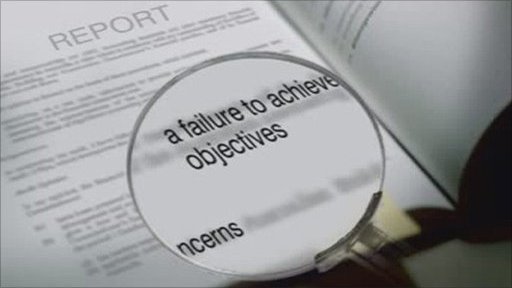 It’s pretty common news that the majority of small businesses fail between year 1 and year 5. Enthusiastic businessmen/women jump into their new idea with such excitement and vigor, but so often fail in many ways to plan and make the right arrangements to make their idea a success.Consider these many causes for failure as a warning sign for anyone considering a start up of their own. Many good business wade through these pitfalls but more than not, company owners succumb to the issues below. Take a look and see if any apply to your business.
It’s pretty common news that the majority of small businesses fail between year 1 and year 5. Enthusiastic businessmen/women jump into their new idea with such excitement and vigor, but so often fail in many ways to plan and make the right arrangements to make their idea a success.Consider these many causes for failure as a warning sign for anyone considering a start up of their own. Many good business wade through these pitfalls but more than not, company owners succumb to the issues below. Take a look and see if any apply to your business.
1. Failure to focus on a specific market because of poor research
2. Failure to control cash by carrying too much stock, paying suppliers too promptly and allowing customers too long to pay
3. Failure to control costs ruthlessly
4. Failure to adapt your product to meet customer needs
5. Failure to carry out decent market research
6. Failure to build a team that is compatible and has the skills to finance, produce sell and market
7. Failure to pay taxes
8. Failure of businesses need to grow. Merely attempting stability or had even less ambitious objectives, businesses which did not try to grow didn’t survive
9. Failure to gain new markets
10. Under-capitalisation
11. Cashflow problems
12. Non-payment by customers
13. Poor sales & marketing
14. Fatal leasing agreements
15. Loss of financial backing
16. Tougher market conditions
17. Poor management
18. Directors aiming to find new markets, but not making a single sale
19. Companies diversifying into new, unknown areas without a clue about costs
20. Companies finding that staff set up as rivals and stealing the business
21. Company directors spending too much money on frivolous purposes thus using up all available capital
22. Loss of market
23. Tax liabilities
24. A lack of working capital
25. Bad debts are the cause
26. Personal extravagance
27. Fraud
28. Legal disputes
29. Falling property values
30. Poor management
31. Unsuitable people starting small businesses without the skills or resources they need to succeed
32. A lack of orders
33. A lack of control over cash flow
34. Lack of good management
35. Bad management of the capital available
36. Marketing problems
37. A failure to plan ahead, beyond the day-to-day running of the business
38. Marketing problems
39. General rise in costs
40. Bad financial management
41. Poor forward planning
42. Too heavy reliance on loan or grant
43. Poor collection of debtor book such as greater than 45 days
44. Extended lines of credit
45. Rising work-in-progress that is not billed on time
46. Diminished cash balances
47. Purchase orders being made by expanding payment periods, not by cash
48. Over-reached overdraft facilities
49. Poor cost control with too many people responsible for purchasing
50. Lack of long-standing relationships with suppliers
51. The business widening its range of suppliers simply to make more credit available
52. Rising stock levels and static sales
53. Contract disputes
54. Final demands and writs being received
55. The business being reliant on one or two customers which do not pay as well as they used to
56. Borrowings being increased just to keep the business running
57. Outstanding debtors or potential bad debts seem to have rising suddenly
58. The business is unsure how much it owes and how much it is owed
59. The business is more than one month adrift in payments to the Inland Revenue or Customs and Excise
60. The bank is calling the business to say it has exceeded its overdraft limit
61. Under pricing
62. Over trading
63. Poor quality of product or service
64. Bad labor relations
65. Niche businesses – These suffered from narrow customer and supplier bases and an inability to react to changes in the market

Fending Off Website Hack Attempts
For most businesses building a website is just the beginning. Like most living things it is vulnerab...
Client Support for Setting Up Online Events
It’s a new business world and online meetings and conferences may be the new normal.
-video- Increase Your Website’s Credibility
Spend a couple minutes learning some tips to improve trustworthiness of your website.
Animated Graphics in Email and Advertising
Make your emails or online ads really pop by rekindling this old technology.
Numero-Uno Website Home Page Elements
If you’re considering a new website then you may as well do it right and better than your last websi...
Boating/Marine Marketing Ideas
Ahoy! Here’s FIVE Smart Marketing Steps That Can Improve Your Boating/Marine Business – Econom...
Unbury the Blog
You spend loads of time creating articles, content or blog material for your website. Why make visit...
